Media | Articles
$25K Project Dino: Engine rebuild was a budget-busting, quad-cam quagmire
The fuse of my personal ticking time bomb was a 28-cent nut. Although that rudimentary fastener’s specific job will never be known, it was most likely one of 32 little soldiers tasked with holding the valve covers in place. This nut was originally one of the least important parts of the entire car, but it had worked its way into a position to ambush the 2.9-liter Dino V-8. That motor, you might recall, came in the 1975 Ferrari 308 GT4 that I’ve been restoring—and sometimes writing about here.
(Last year, editor-in-chief Larry Webster set forth on a bold path to fix up the 1975 Ferrari Dino 308 GT4 he bought for $25,000. He wasn’t sure our fine readers would be all that interested in hearing about it, but your vigorous responses proved otherwise. The last installment in the Dino article series published this past February, when the Ferrari had its first test drive. –EW.)
About the time of my last update, I separated the engine from the body and sent the two large assemblies to specialists. The body needed rust repair and new paint. The engine, which I got running after it had been sitting for 20 years, seemed fine to me. I changed the timing belts and paid a neighborhood kid $200 to scrape and clean up the grime. I planned to simply reinstall it in the freshly painted body. Our Marketplace editor, Colin Comer, called me a fool and said I should have the engine rebuilt while it was out. Easy for him to say—he’s not paying the bills.
Comer persuaded me, though. He happens to be friends with the founder and owner of a Ferrari shop near Milwaukee called GT Motorsports. Last December, I carted the engine there and met Al Pinkowsky, who opened his one-man garage in the mid-1990s and has worked on the Italian cars ever since.
I’ve found that recommendations from people I trust are by far the best way to find the artisans to do this work. Pinkowsky quickly discovered that the aluminum intake manifolds—they connect the Weber carburetors to the engine—had corroded around the steel bolts that hold them in place. One technique to break these parts free is to heat them, let them cool, and then repeat. There’s a risk of damaging the manifolds, however, which cost about five grand for used replacements. This is where you want someone like Pinkowsky holding the torch.
Marketplace
Buy and sell classics with confidence
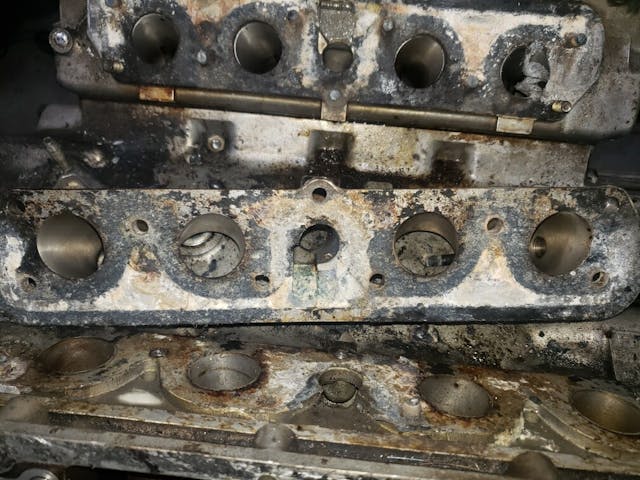
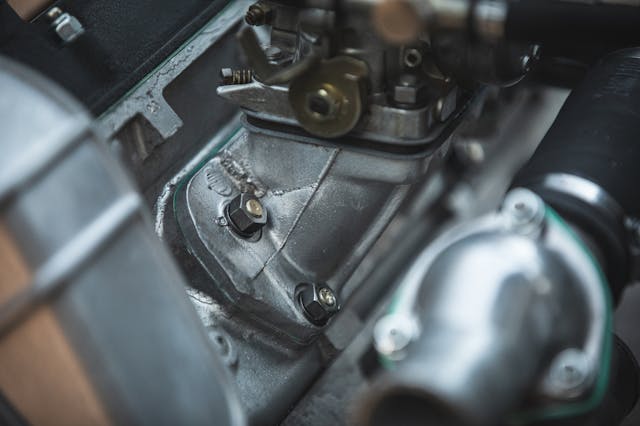
The scenario reminded me why I was hesitant to rebuild the engine in the first place. It ran fine, so let sleeping dogs—and stuck manifolds—lie. Also, there was no way Pinkowsky could predict the total cost for the job. He didn’t know the degree of stuckness until he started. Eventually, he had to break off the studs and have a machine shop drill out the remains. You can hear the cash register ringing, right?
In April, Pinkowsky texted me: “Finally got the manifolds off!” The parts were so gross with corrosion, it became obvious that any sort of future engine work beyond routine maintenance would have required removing the engine. Might as well go through the struggle now.
Then he found the valve bucket. This part is a small steel cup that sits between the top of the intake valve and the cam lobe. It moves as the valve opens and closes. That little nut, which probably fell into the valvetrain when the cover was off, had wedged under the bucket and nearly destroyed it. Who knows how long that nut lived there and what havoc it could have caused.
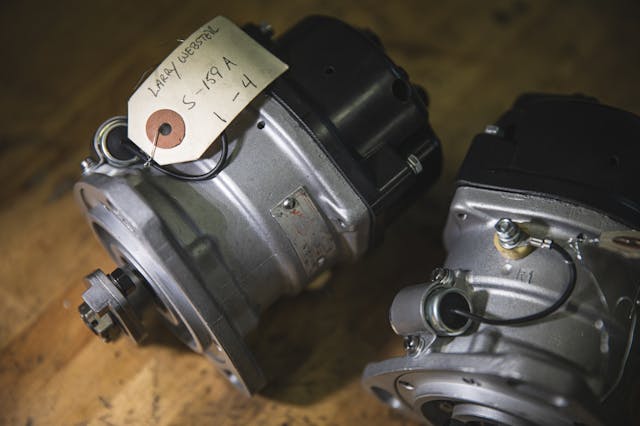
Meanwhile, another specialist, Dave North of Magneti Marelli Distributor Restoration, refurbished the two distributors. I have to admit that I only have a partial understanding of how these things work, so when North asked if I wanted to stay with the mechanical points or switch to an electronic replacement, I didn’t know how to answer. Since I’m always paranoid about being stranded on some remote back road, I stuck with the points under the fantasy that perhaps I could fix them. North supplied an exhaustive report of the origin and calibration of the two distributors.
Last September, I returned to Pinkowsky’s place and handed over a $20,000 check, which I considered a more than fair price for the expertise and the hours of work he put into my engine. That price included all of the machine work and a list of parts saddled with Ferrari prices. The seal kit alone, which includes gaskets, O-rings, and main seals, was $1500. Considering that I paid $25,000 for the car, I’m close to doubling what I spent on it.
I haven’t even covered the bodywork, paint, or interior work yet. These projects are not for the squeamish.
This article first appeared in Hagerty Drivers Club magazine. Click here to subscribe and join the club.
Check out the Hagerty Media homepage so you don’t miss a single story, or better yet, bookmark it.
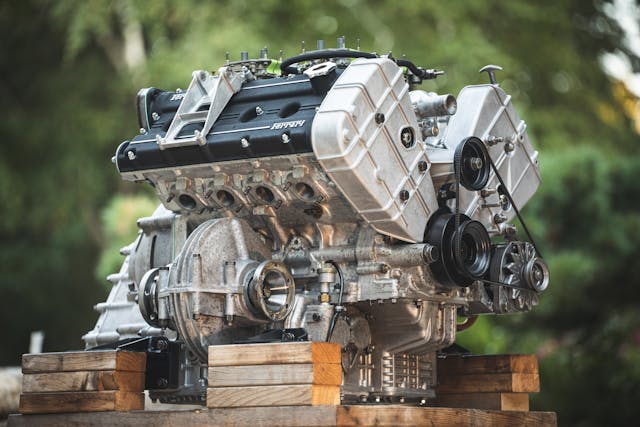





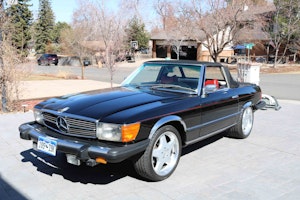

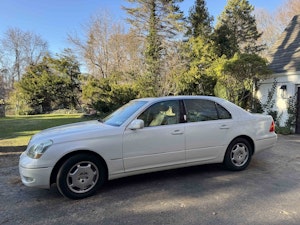

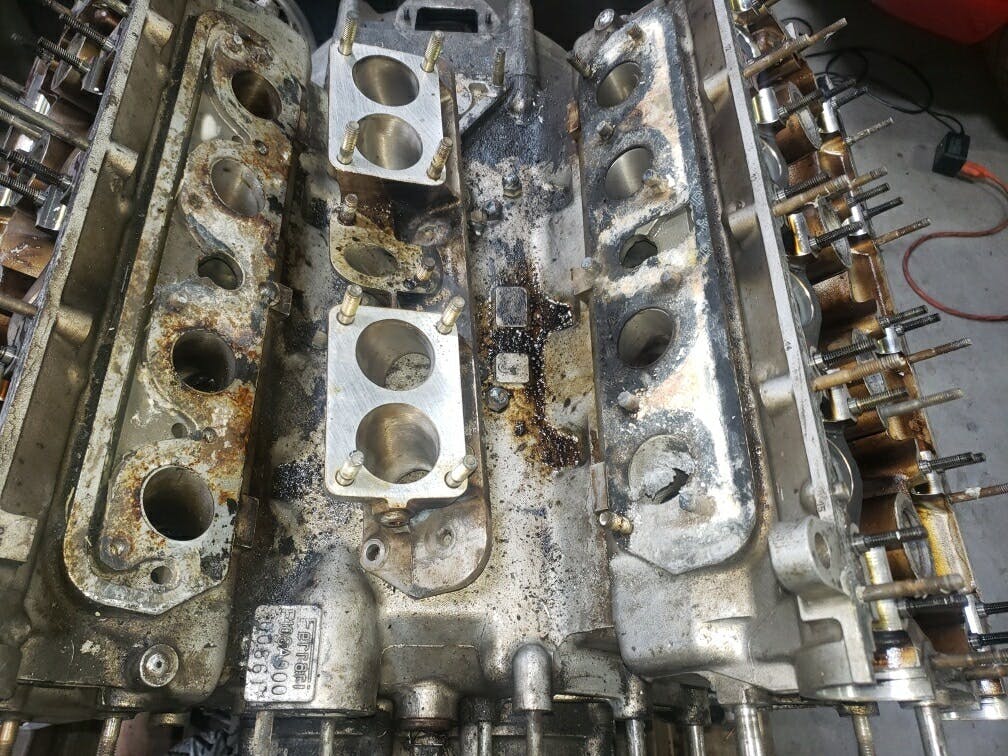
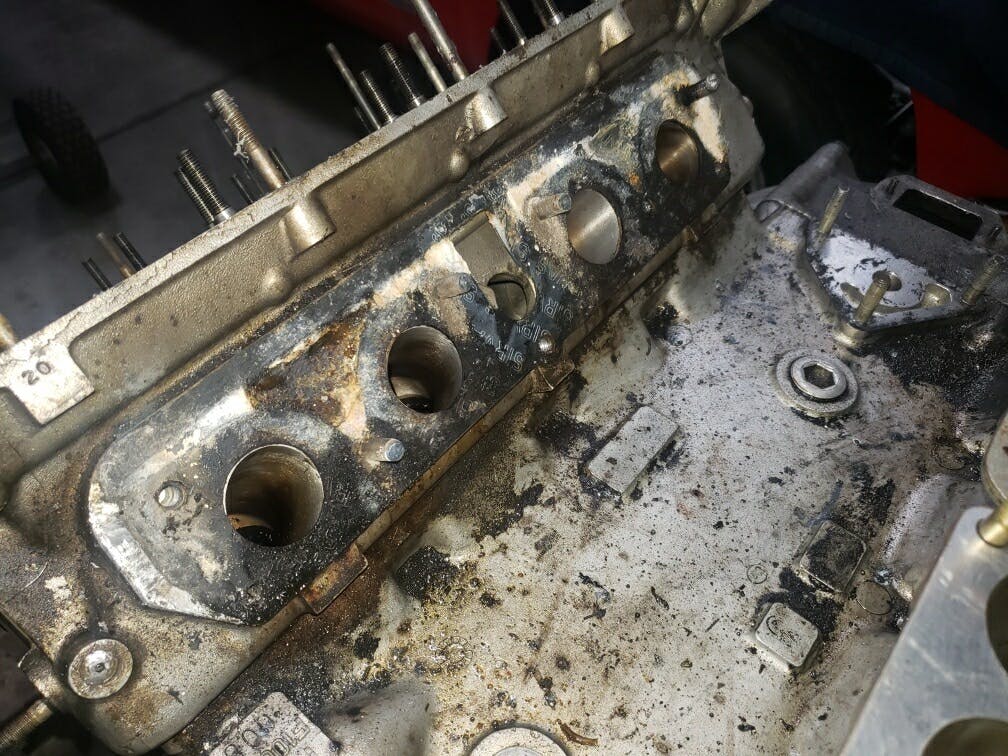
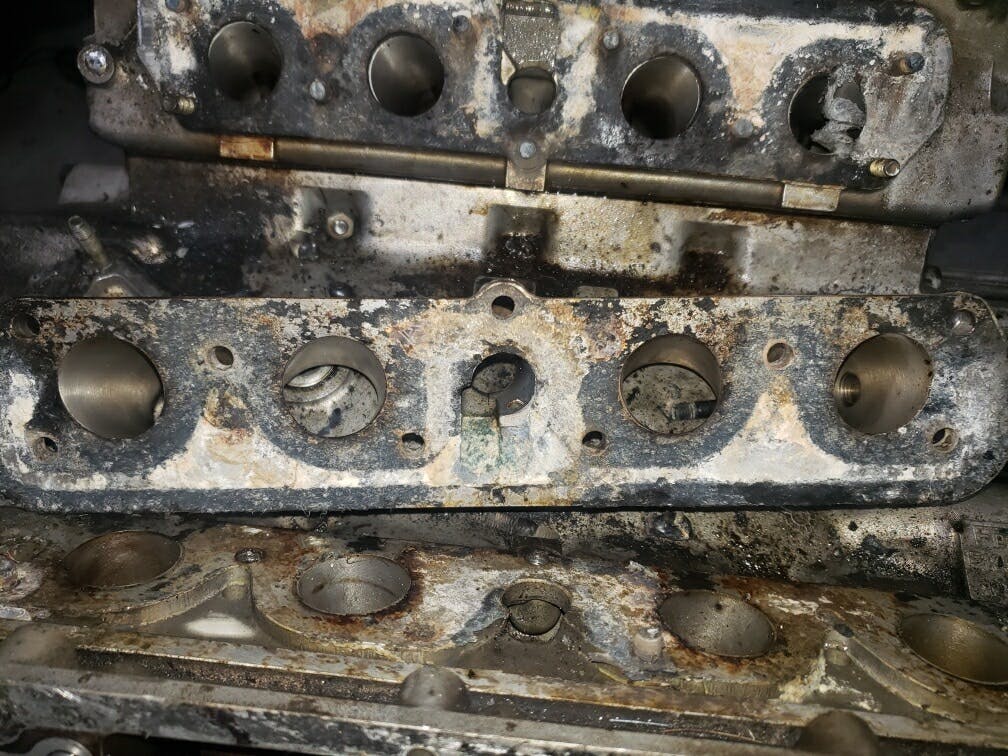









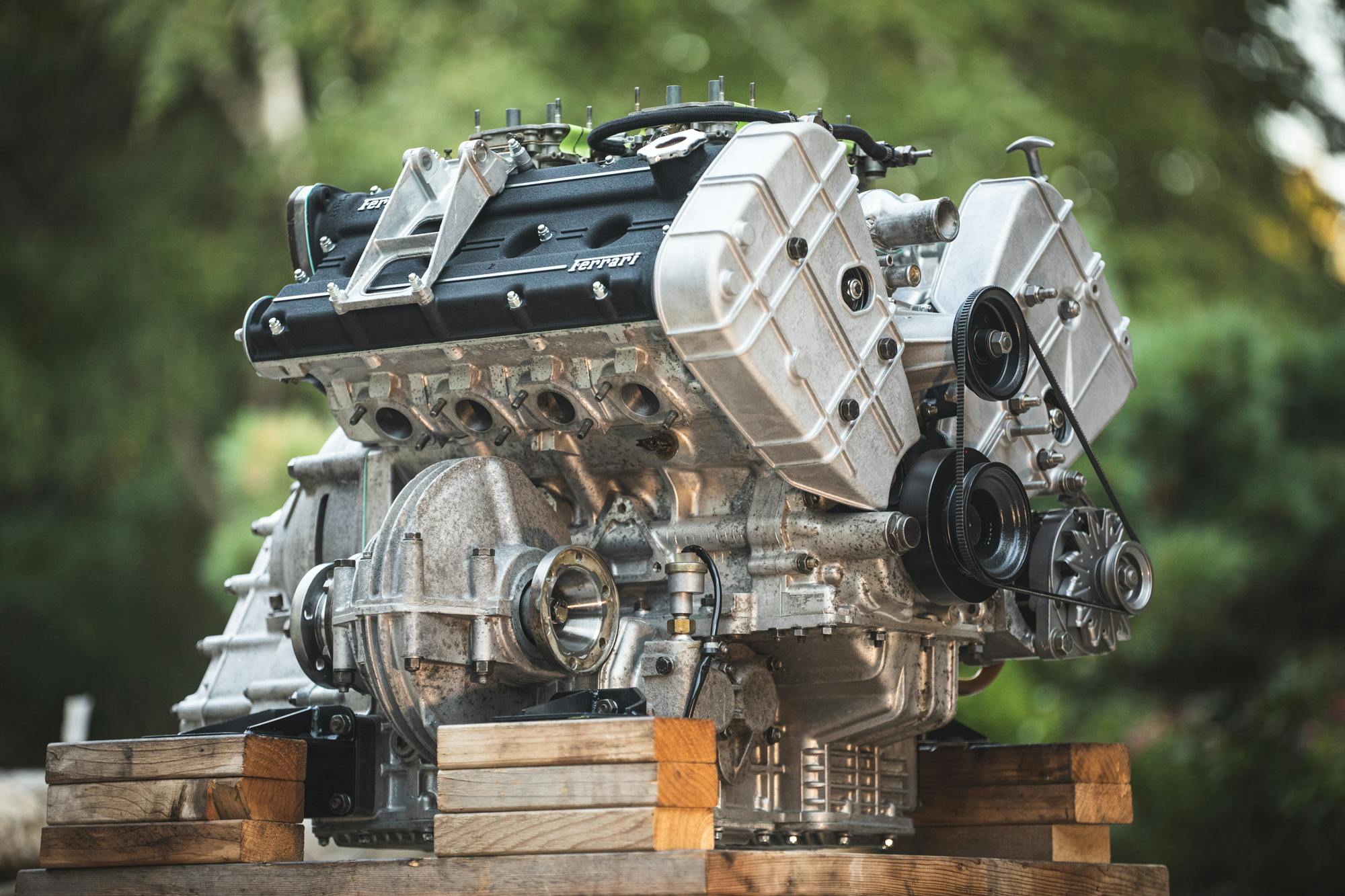
We the spectators salute you! Take comfort in knowing that this was definitely the right time to do the engine.
Ditto that!
Dual points most likely are to increase dwell time. Pretty common on many cars
Yikes! Thanks for sharing your Dino journey! This is a great example of the near-endless nature of car restoration. One has to be prepared for more-than-expected costs — way more in most cases. But, the end product is often very wonderful! Hang in there…. its only money, right?
Is this kind of deterioration over time inherent in the engine design? Is there a maintenance protocol that would prevent this? Is this a forewarning about buying older used Ferrari’s?
I think if I was buying even a “cheap” ferrari I would stick a camera in the engine first. That being said, $25k for an engine out service isn’t bad lol. The real question to answer is:
If you knew there was a $25k bill for just the engine follow up, would you have axed the deal?
Two words: LS swap
You could pretty much substitute my airplane (a somewhat vintage Beechcraft Bonanza) for Ferrari and write the same article. Airplanes and Ferraris don’t care how much money you have, they only care about what they need. Now I need to get back to my top overhaul…
The old saying goes that there is no such thing a ‘free’ or ‘cheap’ horse. From experience I’ve seen ( and done) this all too often. I just finished a 17 year on / off complete restoration on our 1985 Porsche 911 Targa. Fortunately the market has come around. We would actually make money including labor hours if we sold it………which for now, we’re not.
Cue reference to the oft-used phrase “The most expensive car you can buy is an inexpensive Ferrari”. Stay strong, my friend. Stay strong.
Lots of money. Hopefully it will be worth it in the end.
Many automakers assemble engines as if there were no such thing as corrosion. The good news is that future problems of this type can be prevented by careful application of anti-seize compound to relevant surfaces during engine assembly. This is especially critical where dissimilar metals are in close proximity. Good luck with the project. I’ve always thought the 308 GT4 has a very handsome design that it under appreciated by Ferrari fans.
I’ve always preferred the looks of the GT4 over the GTB.
@LarryWebster Bless you my son.
Seriously though, you’re still under market value for a GT4. Your body and other work will probably have you at or a little over market value, but so what. You’ll know what quality went into the repair and restoration work and you have a freakin’ Ferrari! That’s not something everyone can say. Best of luck in the future and enjoy that GT4!
I’m in the minority with my philosophy of not looking for trouble where there’s no suspicion of any. ALTHOUGH: did the teardown reveal the nut under the valve cup or cause it? If the former I doubt it would’ve run “fine”. I’ll keep my thoughts about the latter to myself.
Price a Porsche rebuild lately? for comparison a 2.7 911 engine Rebuild would have cost just as much if not more. Ferrari engine rebuild prices are actually stable compared to Porsche . These cars were very robust & the parts interchange over the years helped. Any Ferrari is expensive, I was paying 4k for a full service in 1987! But I drove it every day and beat on it on track days at least 8 times a year for a decade & driving it hundreds of miles home . What s shocking is the price of routine maintanace The local dealer wants 11k for a belt job! on a 50k car , the tool kit & jack are worth almost 25% its value today . Beat on it & enjoy it & it will love you for it. On a side note , how long was that nut there? My prediction? was forever
A few months after I bought my 308 I was offered a low miles long-block for three grand. It’s sitting on a palette in my garage—just in case.